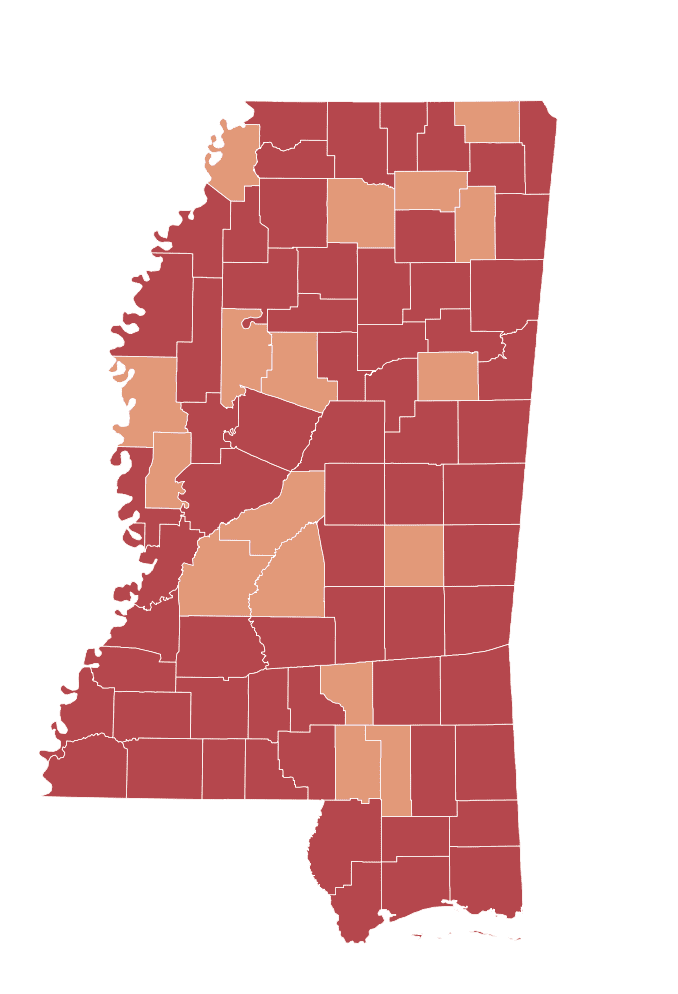
Studio portrait of Sid Salter. (photo by Beth Wynn / © Mississippi State University)
By: Sid Salter
The Chronicle of Higher Education’s annual “Almanac of Higher Education” edition for 2019-20 is hot off the presses and the information contained there is useful for those interested in reviewing how Mississippi’s higher education system compares with our contiguous neighboring states.
Let’s dive right in to The Chronicle’s Mississippi data. Mississippi is the 34thlargest state with a population of 2.984 million. Of that population, 58.2 percent is white, 38 percent is black, 2.9 percent is Hispanic, 0.9 percent is Asian, and 0.5 percent is American Indian. Another 2.4 percent is mixed race or “other.”
In educational attainment, 4.8 percent have an 8thgrade education or less, 10.8 percent have some high school but no diploma, 30.4 percent have a high school diploma, 22 percent have some college but no diploma, 10.1 percent have an associate degree, 13.5 percent have a bachelor’s degree and 6 percent have a master’s degree. Another 2.4 percent have a doctoral or professional degree.
Mississippi’s per capita income is $23,121, the lowest in the nation with 19.8 percent of our citizens living in poverty. Some 28,489 high school seniors are projected to graduate this year and that number is projected to decline 12.5 percent by 2030. The state’s dropout rate is 4.8 percent while 41.8 percent of Mississippians ages 18-24 are enrolled in college. Some 93 percent of all Mississippi high school graduates attended college in Mississippi.
Our state’s high school students averaged 18.6 on the ACT, which ranked them ahead of only South Carolina and Nevada students. Nationally, the average ACT score is 23.
Mississippi’s college enrollment is 171,751. Of those, 88.7 percent are enrolled in public institutions and 74.9 percent are full-time students, 60.1 percent are women, and 54.8 percent are white.
State spending on higher education operating funds in Mississippi is $904.71 million. State spending on student financial aid is $38.7 million. Average tuition at Mississippi four-year institutions is $7,989 while average tuition and fees at state two-years institutions is $3,182.
How does Mississippi compare on those financial statistics with neighboring states?
Let’s look at Alabama. State spending on higher education operating funds in Alabama is $1.645 billion. State spending on student financial aid is $82.2 million. Average tuition at Alabama four-year institutions is $9,881 while average tuition and fees at state two-years institutions is $4,414. Alabama’s per capita income is $26,498. The poverty rate is 16.9 percent.
How about Arkansas? State spending on higher education operating funds in Arkansas is $1.012 billion. State spending on student financial aid is $120.5 million. Average tuition at Arkansas four-year institutions is $8,228 while average tuition and fees at state two-years institutions is $3,280. Arkansas’s per capita income is $25,316. The poverty rate is 16.4 percent.
How about Louisiana? State spending on higher education operating funds in Louisiana is $1.163 billion. State spending on student financial aid is $228 million. Average tuition at Louisiana four-year institutions is $9,221 while average tuition and fees at state two-years institutions is $4,101. Louisiana’s per capita income is $25,885. The poverty rate is 19.7 percent.
And how about Tennessee? State spending on higher education operating funds in Tennessee is $1.923 billion. State spending on student financial aid is $432 million. Average tuition at Tennessee four-year institutions is $9,620 while average tuition and fees at state two-years institutions is $4,148. Tennessee’s per capita income is $28,764. The poverty rate is 15 percent.
What’s the tale of the tape? A Mississippian can cross the state line in any direction into a contiguous state that spends more on their higher education systems, more on scholarships and other support for their college students, and whose higher education institutions charge higher tuitions and fees than do Mississippi schools.
The other common denominators? Alabama, Arkansas, Louisiana and Tennessee all have higher per capita incomes and lower poverty rates than does Mississippi.











